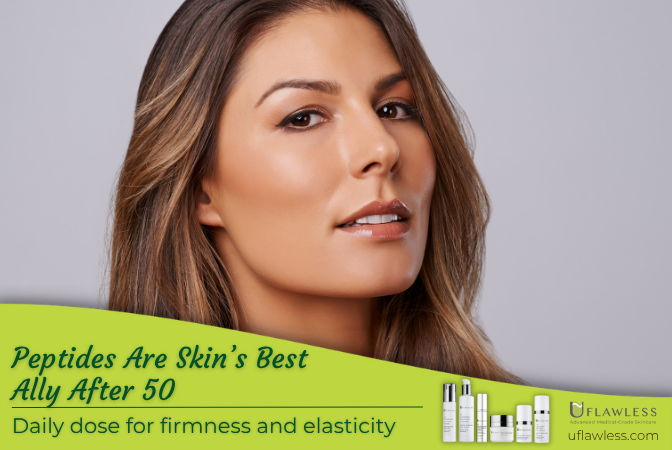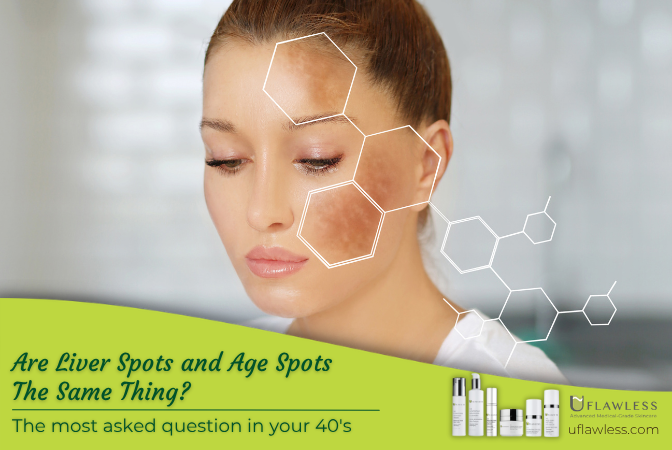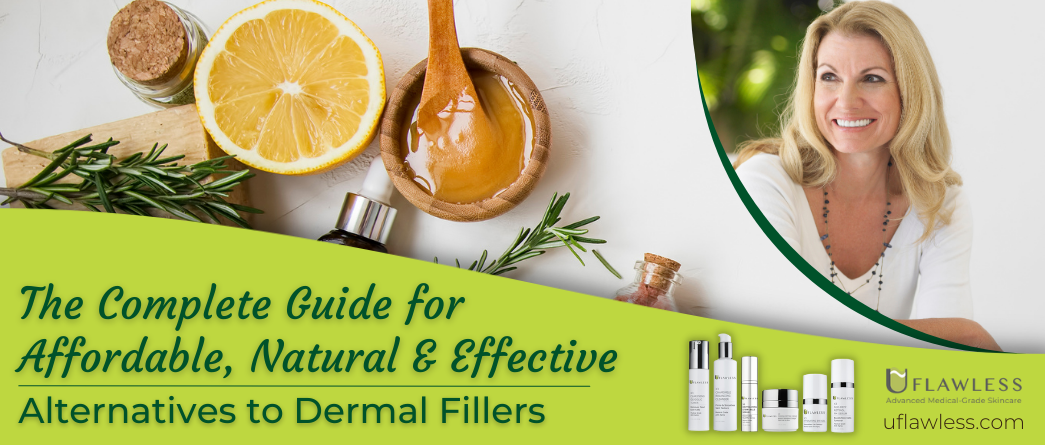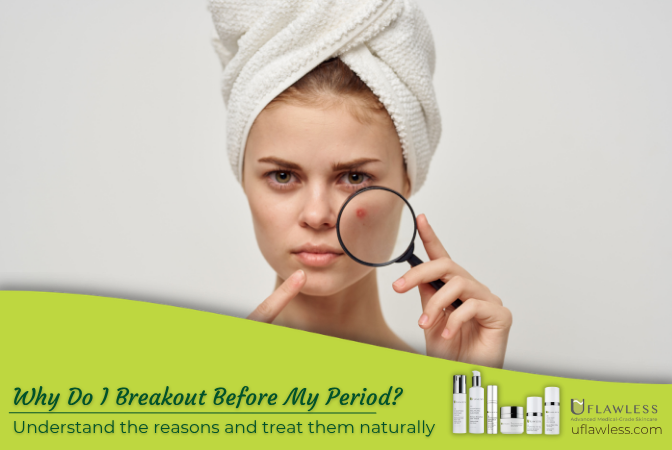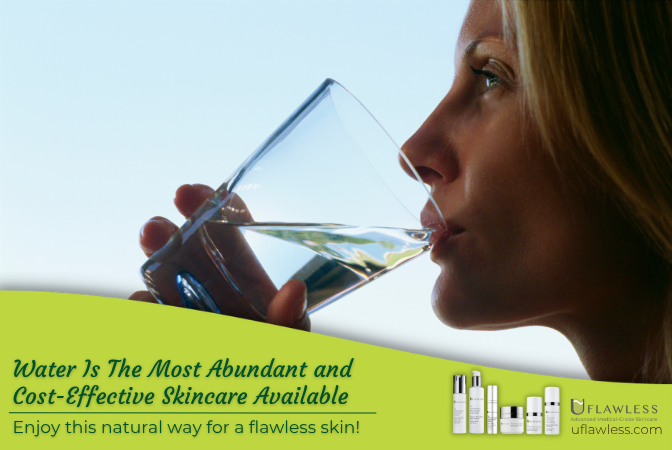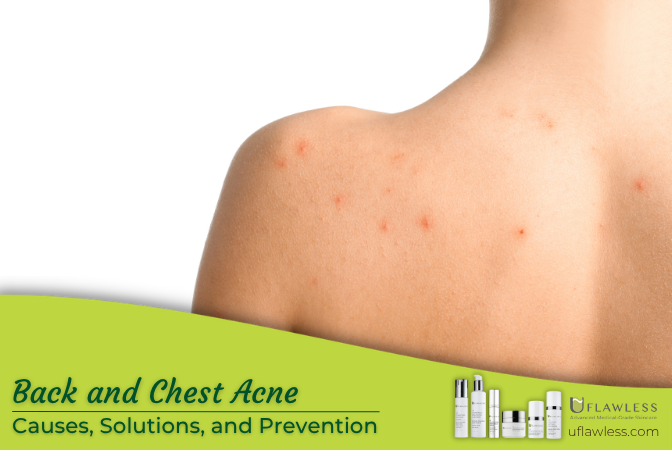
Back and Chest Acne: Causes, Solutions, and Prevention
Back and chest acne is just as common as facial acne. The difference is that breakouts on the face are more noticeable and easier to hide with makeup. On your back or chest, covering them up is harder, especially in warmer months.
The good news is that with the right skincare routine and lifestyle habits, you can treat and prevent these breakouts.
Let’s break it down.
Why Back and Chest Acne Happens
Acne can appear on the face, back, and chest because all these areas have active oil glands.
If you notice acne in other parts of your body, it is best to check with a dermatologist.
The skin on the back and chest is thicker than facial skin.
This means products that work for your face may be too mild for your back, while products designed for the body may be too strong for your face.
Choosing the right product for each area is key.
Lifestyle Factors That Can Trigger Breakouts
A healthy lifestyle with good nutrition and regular exercise is important for skin health.
But even with a clean diet and fitness routine, you can still experience breakouts.
Two common triggers are:
-
Hormonal fluctuations
-
Sweat sitting on the skin for too long
Sweat contains enzymes that can clog pores and cause irritation if left on the skin.
In some cases, irritation can begin within 30 minutes.
This is why cleansing after workouts or intense activity is essential.
How Summer Heat Makes Acne Worse
In warmer months, sweat and oil production increase throughout the day, not just during workouts.
Start your mornings with a gentle but effective shower and use a body scrub or cleansing brush for your back.
If acne is more severe, a salicylic acid cleanser can help keep pores clear.
Use a soft scrub to gently exfoliate and prevent clogged pores.
The Best Ingredients for Back and Chest Acne
Because body skin can tolerate stronger treatments, you may benefit from ingredients such as:
-
Salicylic acid – Unclogs pores and reduces oil buildup.
-
Benzoyl peroxide – Kills acne-causing bacteria, but use with caution as it can cause dryness, skin irritation, and bleach fabrics. Avoid sun exposure when using it.
Hair and Haircare Products Can Be a Hidden Cause
Long hair that touches your back can transfer oils, conditioners, and fragrance residues to your skin, leading to clogged pores.
Keep hair off your back when possible, and choose haircare products without pore-clogging ingredients.
Hydration: Inside and Out
Many people with oily skin skip moisturizer, thinking it will make acne worse.
In reality, excess oil often means the skin is dehydrated.
When the skin lacks moisture, it produces more oil to compensate.
Use a lightweight, non-comedogenic body lotion with ingredients that lock in hydration.
Medical-grade marine peptides are an excellent choice because they penetrate deeply, boost collagen and elastin, and keep the skin hydrated without clogging pores.
Sun Protection for Clearer Skin
Daily sunscreen use is essential to protect the skin from sun damage and prevent post-acne marks from darkening.
Choose a broad-spectrum sunscreen, reapply every two hours when outdoors, and avoid peak sun hours when possible.
Stay Hydrated for Healthy Skin
Drink 8 to 12 glasses of water daily to help flush toxins, balance skin pH, and keep your skin looking healthy.
Combine this with proper cleansing, hydration, and protection, and you will notice a real difference.
Bottom line: Back and chest acne is common, but with the right care, it can be managed and prevented.
Stay consistent, choose the right products for your skin type, and take care of your skin daily.



